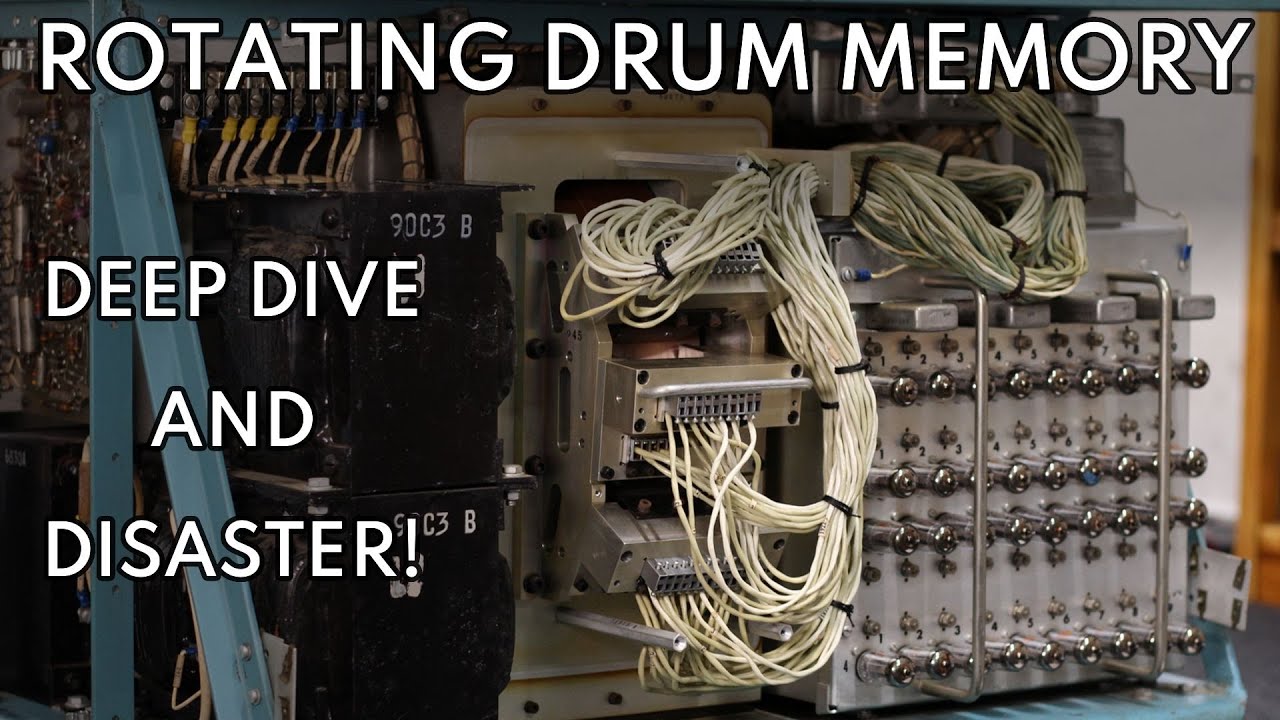Even in the era of vacuum tube computers, where every flip-flop required two vacuum tube components (sometimes in the same envelope), memory was tough. Providing sufficient high-speed (by the standards of the time) storage for program and data often dwarfed the formidable cost of the actual computing elements, and a variety of solutions such as mercury acoustic delay lines, electrostatic storage tubes, magnetic core memory, and spinning magnetic drums were employed to provide sufficient capacity and speed to get the job done.
The Bendix G-15 opted for a magnetic drum with a capacity, in 29-bit words, roughly equivalent to 8000 bytes of present-day storage. The G-15 took the drum memory solution to the logical limit, using the drum not only for program and data storage, but also to serve as the scratch registers for the processor, using an extraordinarily clever scheme of recycling the data track between the read and (re-)write heads to provide an access time of “only” around half a millisecond for register data (as opposed to 14.5 milliseconds average access time for bulk storage).
This video explains how it was done, examines the vacuum tube circuitry required to integrate the drum into the computer, and takes a look inside to assess the state of the drum decades after it was last taken for a spin.
